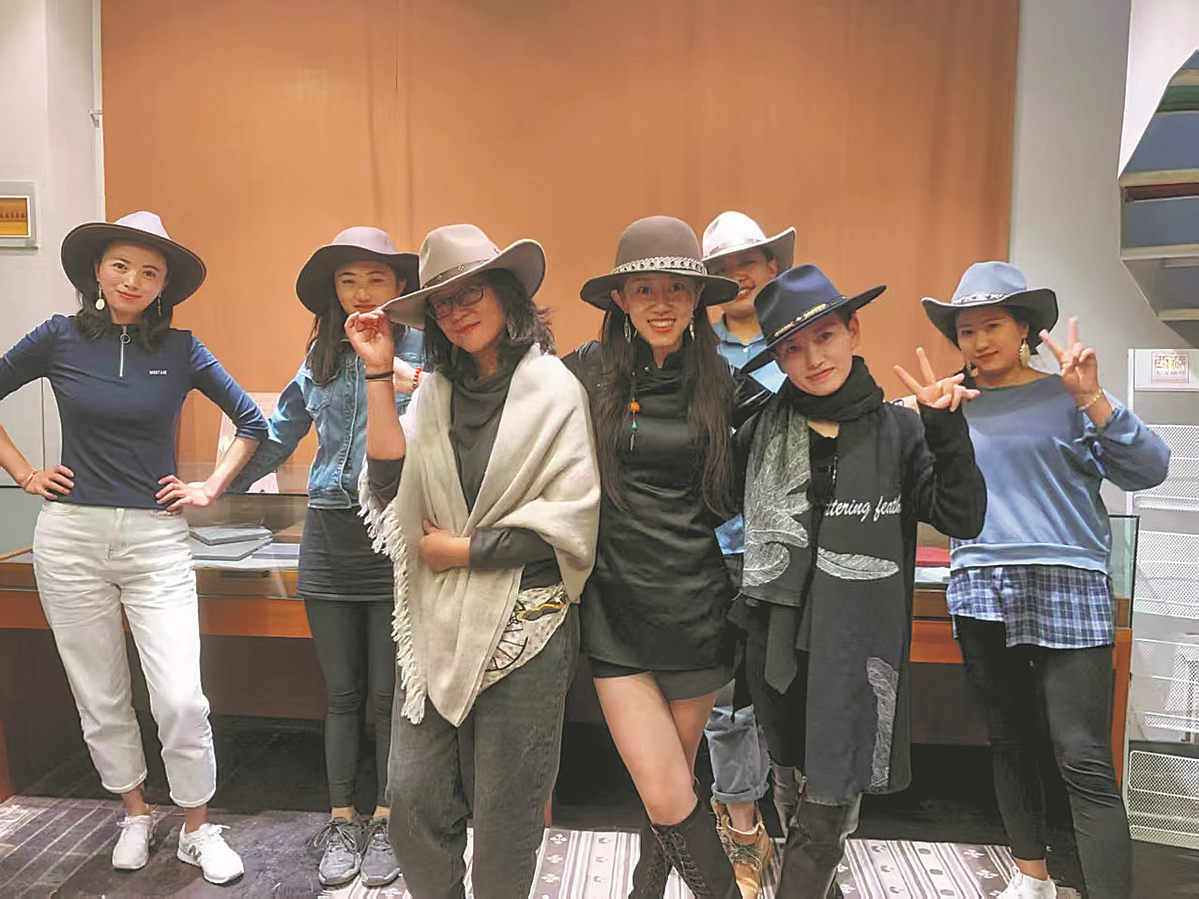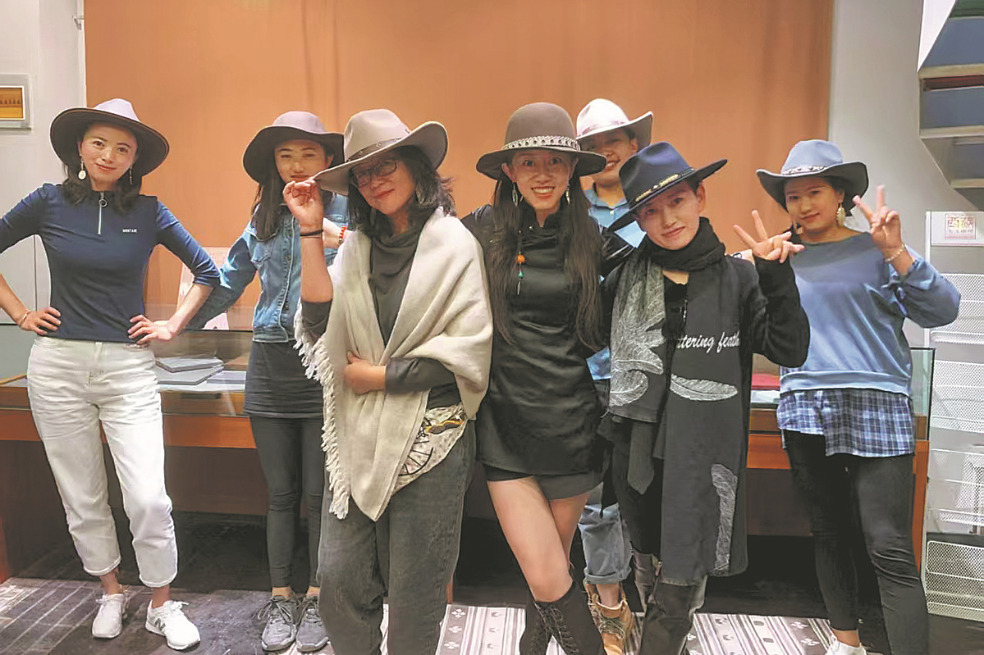Fashion designer finds inspiration in Xizang
Traditional clothes create 'medium for dialogue between humans and nature'


Zhao Juan, a renowned Chinese fashion designer who served as design director and CEO for multiple companies, has seen her creations showcased at global events from the Shanghai International Fashion Expo to the Canton Fair. However, a 2016 fieldwork trip to the Xizang autonomous region transformed her understanding of fashion.
That year, she traveled there to gather inspiration for the design of a wool felt hat. "I encountered many people there dedicating themselves to building Xizang through their own efforts. Their selflessness deeply moved me," Zhao said.
Song Ming, a teacher at a handicraft school in Lhasa, capital of the region, left a profound impression on her. A 1998 graduate of Nanjing Arts Institute with a background in oil painting, Song could have pursued his artistic career in major cities such as Beijing or Shanghai. Instead, he chose to teach art in Lhasa.
In 2010, Song founded a nonprofit school to offer free education, meals and housing to underprivileged children, teaching traditional crafts such as thangka painting and bronze casting to preserve Tibetan culture and rejuvenate traditional Tibetan handicrafts. To date, the school has trained over 500 intangible cultural heritage artisans.
"I wondered — as someone in the arts — what could I contribute?" Zhao said. "Later, I met a team called Friends of Himalayan Creatures. They are doing something very interesting — giving a voice to the voiceless wildlife."
The team members recorded the stories of plateau creatures such as pikas, Tibetan antelopes and black-necked cranes through filming documentaries, presenting to audiences the grandeur and fragility of the Qinghai-Tibet Plateau.
"Their stories inspired me a lot. At that moment, I suddenly realized that ethnic headdresses are not only aesthetic symbols but also a medium for dialogue between humans and nature," Zhao said.























